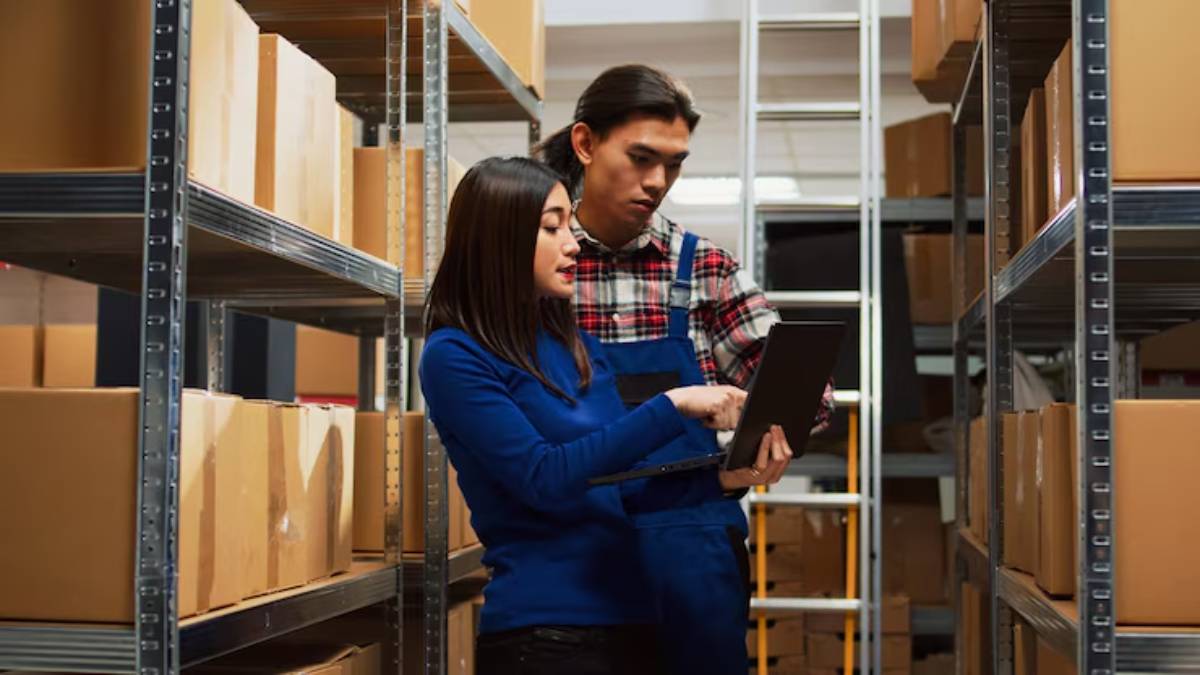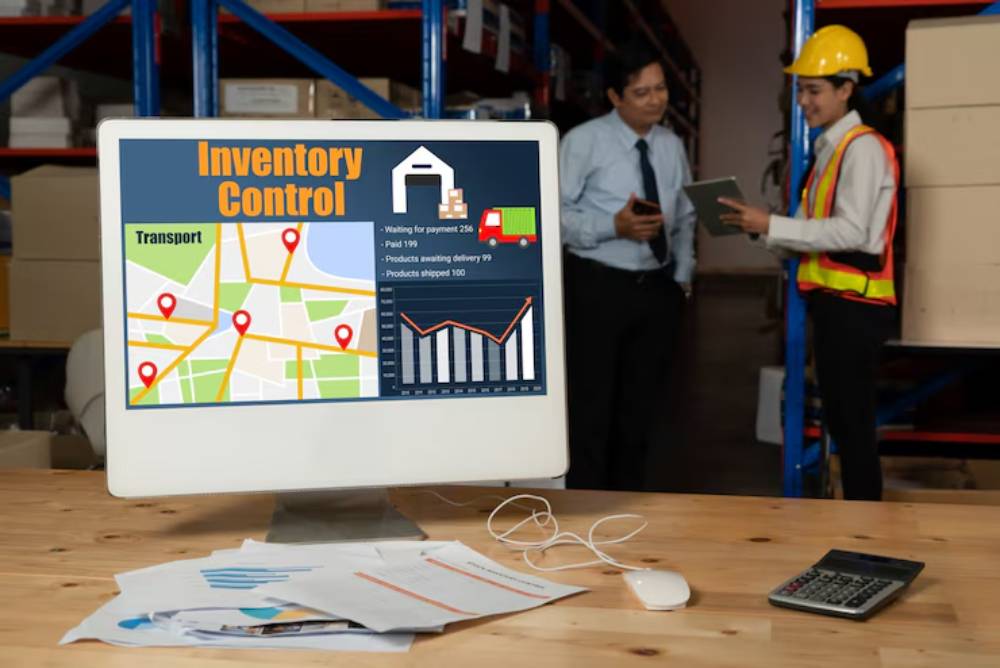
Choosing Fulfilment Centres That Integrate with Your Store
As ecommerce businesses grow, managing inventory, packing orders, and ensuring timely delivery gets more complex. That’s where third-party Fulfilment centers come in. But not just any warehouse will do—modern sellers need ecommerce Fulfilment solutions that connect directly to their online store through reliable warehouse integration.
In this guide, we’ll cover what to seek in a Fulfilment centre. We’ll explain how integration improves operations. We’ll also discuss the best shipping partners for various ecommerce models, like DTC and dropshipping hybrids.
Why Fulfilment Integration Matters
Your storefront and Fulfilment provider connection impacts each step of the customer journey:
- Real-time inventory syncing prevents overselling
- Automated order routing ensures faster delivery
- Shipment tracking updates reduce WISMO inquiries
- Data consistency improves operational accuracy
Without tight warehouse integration, you risk manual errors, customer complaints, and Fulfilment delays.
What Is a Fulfilment Center?
A Fulfilment center is a third-party logistics (3PL) provider that stores your inventory, picks and packs orders, and ships them to your customers. Unlike traditional warehouses, Fulfilment centers specialise in fast-moving ecommerce orders and typically offer:
- Same-day or next-day dispatch
- Discounted carrier rates
- Returns handling
- Platform integrations (e.g., Shopify, WooCommerce, Amazon)
Signs You’re Ready for Third-Party Fulfilment
Not sure if it’s time to outsource? Look for these signs:
- You’re spending more time shipping than marketing
- Storage is limited or disorganised
- You struggle with fast delivery expectations
- You’re planning to scale or enter new markets
- You want to offer local fulfilment in multiple regions
Key Features to Look for in a Fulfilment Partner
When evaluating shipping partners, prioritise:
1. Seamless Store Integration
Your Fulfilment center should natively integrate with your ecommerce platform to sync:
- Orders
- Inventory updates
- Tracking numbers
- Returns
Must-Have Integrations:
- Shopify
- WooCommerce
- BigCommerce
- Amazon FBA
- Etsy, Walmart, eBay (for multichannel sellers)
2. Real-Time Inventory Visibility

Look for dashboards that let you:
- Monitor inventory across multiple warehouses
- View pending, shipped, and returned orders
- Set reorder alerts
Bonus: Custom SKU management and inventory forecasting tools
3. Geographic Coverage
Proximity matters. Choose Fulfilment centres with warehouses close to your customer base to:
- Reduce delivery times
- Lower shipping costs
- Meet regional tax or duty requirements
Best Practice: Use distributed Fulfilment (multiple centres) for 2-day or regional delivery.
4. Transparent Pricing
Understand the full cost structure:
- Receiving and storage fees
- Pick/pack fees per order
- Packaging costs
- Carrier rate markup
- Returns processing
Tip: Avoid providers with confusing or variable pricing unless they offer detailed breakdowns.
5. Shipping Carrier Partnerships

Reliable shipping partners = smoother delivery.
Check if your Fulfilment provider offers:
- Bulk rates with major carriers (USPS, UPS, FedEx, DHL)
- Regional courier support (Evri, Canada Post, Royal Mail)
- API-based shipping updates
Pro Tip: Look for providers offering same-day or next-day delivery options.
6. Returns Handling and Reverse Logistics
Returns are part of ecommerce. Choose a 3PL that can:
- Offer prepaid return labels
- Inspect returned items
- Restock automatically (if applicable)
- Integrate return data with your store
7. Value-Added Services
Some Fulfilment centers go beyond basic shipping:
- Kitting and bundling
- Branded packaging or unboxing experiences
- Custom inserts or marketing materials
- B2B wholesale order Fulfilment
Best Fulfilment Centers with Native Store Integration
Here’s a comparison of top providers that offer robust warehouse integration and ecommerce automation:
| Fulfillment Center | Integrates With | Best For | Key Strength |
| ShipBob | Shopify, WooCommerce, Amazon | Fast-growing DTC brands | 2-day delivery, great dashboard |
| Deliverr | Walmart, Amazon, Shopify | Marketplace sellers | Speedy FBA-like fulfilment |
| Red Stag Fulfillment | Shopify, Magento | Heavy or high-value products | Secure handling, low error rate |
| Rakuten Super Logistics | Shopify, BigCommerce | Multichannel US fulfillment | Strong carrier network |
| ShipMonk | Shopify, Wix, WooCommerce | Startups scaling to enterprise | Multichannel inventory sync |
| Byrd | Shopify, WooCommerce | EU-based sellers | Pan-European fulfillment |
| Fulfil.io | Shopify, Amazon, eBay | Tech-driven fulfillment | ERP + WMS hybrid capabilities |
Questions to Ask Before Choosing a Fulfilment Partner
- Do you offer real-time syncing with [insert platform]?
- How quickly are orders processed after placement?
- Which carriers do you support, and are your rates discounted?
- Can I customise packaging or include branded inserts?
- How do you handle split shipments or bundled products?
- Is international shipping supported (with tax/duty tools)?
- How are returns processed and updated in my store?
Insider Tip: Ask for a tour (virtual or physical) and run a test order to evaluate speed and accuracy.
Dropshipping Hybrid? Fulfilment Can Still Help
Even if you dropship most products, warehousing some items (like bestsellers or custom inventory) can:
- Improve delivery speed
- Reduce returns from poor quality suppliers
- Offer a branding opportunity (unboxing experience)
Look for Fulfilment centers that integrate with dropshipping platforms like AutoDS, CJ Dropshipping, or DSers and support multi-source inventory logic.
Benefits of Warehouse Integration for Your Store
| Feature | Benefit |
| Live Order Sync | Orders routed instantly after purchase |
| Inventory Visibility | Prevents overselling and stockouts |
| Real-Time Tracking | Improves post-purchase experience |
| Automated Returns | Simplifies customer support |
| Multi-Platform Sync | Centralised order and inventory management |
| Analytics & Reporting | Informed restocking and marketing decisions |
Red Flags to Avoid
- No direct integration with your store
- Manual CSV or email-based order submission
- Lack of transparency on pricing or performance
- Inflexible service agreements or steep minimums
- Inability to scale with you
How to Onboard with a Fulfilment Center
- Connect Your Store: Install app or connect via API
- Ship Inventory: Send products to designated warehouse(s)
- Map SKUs: Match product listings with warehouse SKUs
- Test Fulfilment: Run test orders to ensure accuracy
- Set Rules: Configure automation for order routing, returns, etc.
- Monitor KPIs: Track Fulfilment speed, accuracy, and costs monthly
Key Takeaway
The right ecommerce Fulfilment partner can change your operations. It reduces errors, speeds up delivery, and frees up your time to focus on growth. To enjoy these benefits, you need seamless warehouse integration with your store.
Scale Smarter with Integrated Fulfilment
In ecommerce, shipping is your handshake. It’s what turns digital intent into tangible satisfaction. Partnering with shipping partners that connect directly to your storefront speeds up delivery. It also builds trust, cuts costs, and helps you scale confidently.
Choose a fulfilment centre that understands your platform. Logistics should be clear and effective, not hidden in the background. It should work for your brand.


